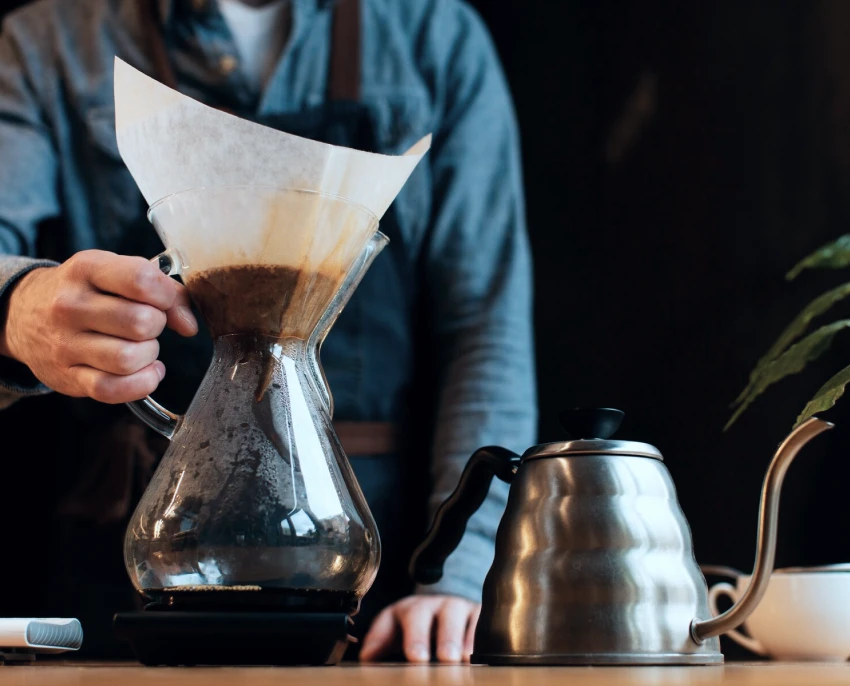Аrabica and Robusta are the two main types of coffee. They differ significantly in appearance and taste. Let's delve into their key differences.
Origin and Production Share: Arabica and Robusta are two of the main coffee types produced on a large scale. Arabica accounts for about 70% of all coffee production, while Robusta makes up approximately 30%. There are other types, such as Liberica, Excelsa, and Eugenioides, but their production volumes are much smaller.
Growing Conditions: Arabica is demanding in terms of growing conditions and thrives at altitudes ranging from 600 to 2000 meters. Growing Arabica requires substantial effort, care, and investment. Even watering the soil at such altitudes requires investments in irrigation systems. Robusta, on the other hand, is less finicky and grows in tropical climates, both on plains and in mountains. It can withstand heat and rain and is less susceptible to diseases.
Taste Characteristics: Arabica has a richer and more acidic taste due to its high lipid and sugar content. In specific Arabica varieties from different regions, you can detect notes of berry sweetness, citrus acidity, floral aromas, and nuts. Robusta contains more caffeine and chlorogenic acid, which make its taste more bitter and robust. Robusta's flavor is considered less complex compared to Arabica.
Price: Arabica is more expensive due to the challenging growing conditions and more labor-intensive processing. In a bad year, Arabica can easily fall ill, resulting in a significantly higher cost for the surviving crop. Robusta is less expensive because its production is less costly. Robusta is drought-resistant, not afraid of rain, and rarely falls ill. Robusta trees can grow over 10 meters tall, and their yield per tree is 3-4 times higher than that of Arabica.
Usage: Arabica is typically used for brewing high-quality coffee beverages like espresso and cappuccino. Robusta is often used in blends to create coffee with a more bitter taste and for producing instant coffee. Both types of coffee have their own fan base, and the choice depends on your taste preferences for coffee.
Why We Don't Sell Robusta: Arabica has a distinctive taste that varies depending on the region, altitude, soil, and even the intensity of rainfall in a given year. The diversity of flavors offered by Arabica is vast. This allows us to enjoy various delicious coffees by brewing different Arabica varieties from different countries and farmers. Each cup of Arabica coffee differs in taste from another, much like wine. There is no identical-tasting wine, even from the same country and grape variety. In each glass, there are unique flavor nuances.
So, why would we want to drink or sell Robusta when it is bland, not tasty, and adds nothing but bitterness and a simplified taste to the cup? Yes, Robusta contains 2-3 times more caffeine. But wouldn't you agree that if you need caffeine, it's better to enjoy 2 delicious cups of Arabica than one not-so-tasty Robusta?
